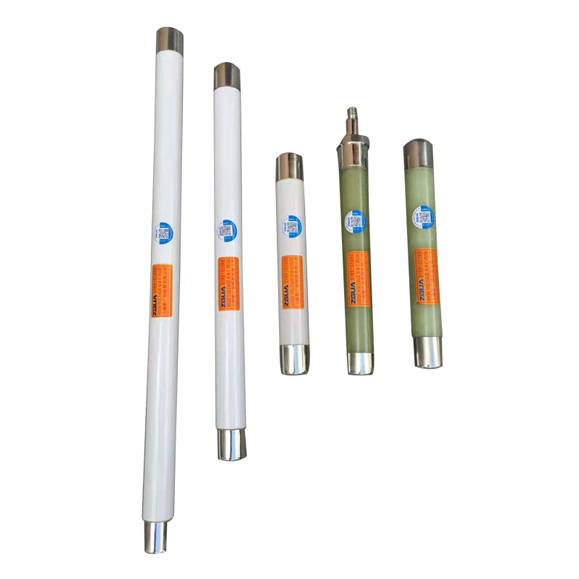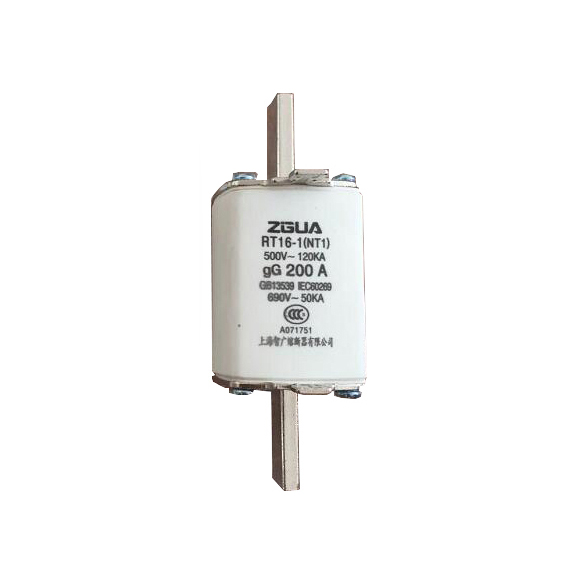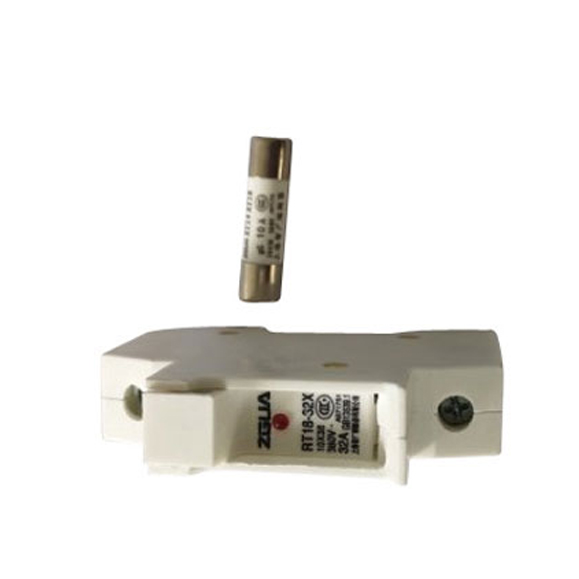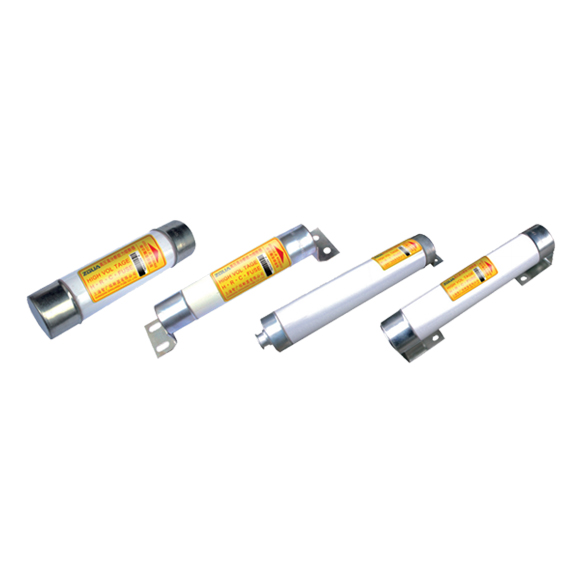Structural characteristics of the fuse
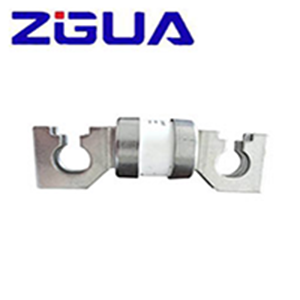
The rated current of the melt is not equal to the rated current of the fuse. The rated current of the melt is selected according to the load current of the protected equipment. The rated current of the fuse should be greater than the rated current of the melt, which is determined in cooperation with the main electrical appliance.
The fuse is mainly composed of three parts: melt, shell and support, and the melt is the key element to control the fuse characteristics. The material, size and shape of the melt determine the fusing characteristics. Melt materials are divided into two types: low melting point and high melting point. Low melting point materials such as lead and lead alloys have a low melting point and are easy to fuse. Due to their large resistivity, the cross-sectional size of the melt is larger, and more metal vapor is generated during fuse. It is only suitable for fuse with low breaking capacity. Device. High melting point materials such as copper and silver have high melting points and are not easy to fuse, but due to their low resistivity, they can be made into a smaller cross-sectional size than low melting point melts, and produce less metal vapor during fuse, which is suitable for high breaking Capable fuse. The shape of the melt is divided into two types: filament and ribbon. Changing the shape of the variable cross-section can significantly change the fusing characteristics of the fuse. The fuse has a variety of different fusing characteristic curves, which can be adapted to the needs of different types of protection objects.
Ampere characteristics:
The action of the fuse is realized by the fusing of the melt. The fuse has a very obvious characteristic, which is the ampere-second characteristic.
For the melt, its operating current and operating time characteristics are the ampere-second characteristics of the fuse, also called inverse delay characteristics, that is: when the overload current is small, the fusing time is long; when the overload current is large, the fusing
short time.
For the understanding of ampere-second characteristics, we can see from Joule's law that Q=I2*R*T. In the series circuit, the R value of the fuse is basically unchanged, and the heat generation is proportional to the square of the current I, and it is proportional to the heating time T It is proportional, that is to say: when the current is large, the time required for the melt to fuse is shorter. When the current is small, the time required for the melt to fuse is longer. Even if the rate of heat accumulation is less than the rate of heat diffusion, the temperature of the fuse will not rise to the melting point, and the fuse will not even be blown. Therefore, within a certain range of overload current, when the current returns to normal, the fuse will not be blown and can be used continuously.
Therefore, each melt has a minimum melting current. Corresponding to different temperatures, the minimum melting current is also different. Although this current is affected by the external environment, it can be ignored in practical applications. Generally, the ratio of the minimum melting current of the melt to the rated current of the melt is defined as the minimum melting coefficient. The melting coefficient of commonly used melts is greater than 1.25, which means that the melt with a rated current of 10A will not fuse when the current is below 12.5A.
It can be seen from this that the short-circuit protection performance of the fuse is excellent, and the overload protection performance is average. If you really need to use it in overload protection, you need to carefully match the line overload current with the rated current of the fuse. For example: 8A melt is used in 10A circuits for short-circuit protection and overload protection, but the overload protection characteristics at this time are not ideal.
The fuse selection is mainly based on the protection characteristics of the load and the size of the short-circuit current to select the type of fuse. For small-capacity motors and lighting branches, fuses are often used as overload and short-circuit protection, so it is hoped that the melting coefficient of the melt should be appropriately small. RQA series fuses of lead-tin alloy melt are usually used. For larger-capacity motors and lighting trunk lines, short-circuit protection and breaking capacity should be emphatically considered. Usually choose RM10 and RL1 series fuses with higher breaking capacity; when the short-circuit current is very large, it is advisable to use RT0 and RTl2 series fuses with current limiting function
The rated current of the melt can be selected according to the following methods:
When protecting stable loads without starting process, such as lighting circuits, resistors, electric furnaces, etc., the melt rated current is slightly greater than or equal to the rated current in the load circuit.
The melt current of the motor that protects a single long-term operation can be selected according to the maximum starting current, or can be selected according to the following formula:
IRN ≥ (1.5~2.5)IN
In the formula, IRN-rated current of melt; IN-rated current of motor. If the motor starts frequently, the coefficient in the formula can be appropriately increased to 3~3.5, which should be determined according to the actual situation.
Protect multiple long-term motors (power supply mains)
IRN ≥ (1.5~2.5)IN max+ΣIN
IN max-the rated current of a single motor with the largest capacity. ΣIN the rest. The sum of the rated current of the motor.

 English
English 中文
中文 Pусский
Pусский Français
Français Español
Español
